- No products in the cart.
Maxicold children oral suspension 100 mg / 5ml 200g vial 1 piece complete with measuring spoon (strawberry)
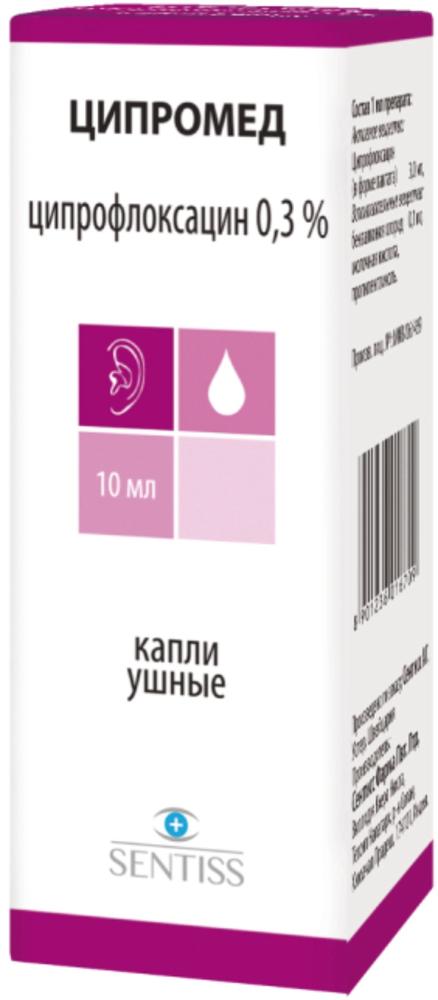
Tsipromed ushn drop. 0.3% 10ml-vial cap.
$2.95
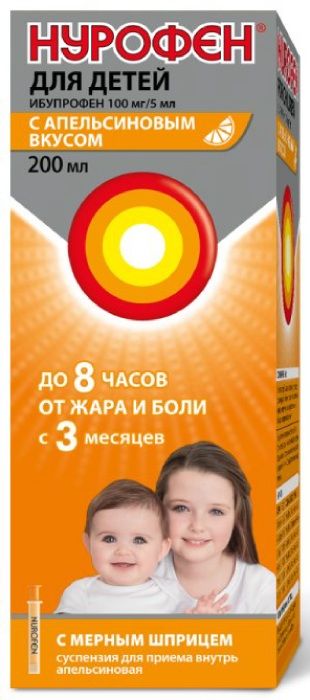
Nurofen for children oral suspension 100mg / 5ml 200ml fl.plast with a syringe dosing orange
$5.59
$4.27
Maxicold children oral suspension 100 mg / 5ml 200g vial 1 piece complete with measuring spoon (strawberry)
Description
Composition
Active substance:
5 ml of suspension contain: Ibuprofen 100.0 mg.
Excipients:
Polysorbate-80 (Tween 80) 0.5 mg glycerol 600.0 mg, maltitol (liquid maltitol) 2111.25 mg * Sodium saccharin 10.0 mg citric acid monohydrate 20.0 mg Sodium citrate dihydrate (sodium citrate 2 aq) 25.45 mg xanthan gum (xanthan gum) ** 35.0 mg sodium chloride 5.5 mg, 0.5 mg domiphen bromide, strawberry flavor or orange flavor 12.5 mg purified water to 5 ml.
Description:
The slurry from the light gray or light gray color with a yellowish shade to gray or gray color with a yellowish shade with a characteristic fruity odor.
Product form:
Oral suspension [strawberry, orange], 100 mg / 5 ml.
100 g, 150 g or 200 g in vials dark (amber) glass, capped with lids primary control opening or hatch opening with a primary control and protection against opening children. the presence of an adapter for the syringe may be under the hood. One vial with instructions for use and measuring spoon or a dispensing syringe 10 ml was placed in a pile of cardboard.
Contraindications
Maksikold® for children should not be used when: hypersensitivity to ibuprofen, acetylsalicylic acid or other NSAIDs, as well as to other components of the formulation; full or partial combination of asthma, recurrent nasal polyposis, and paranasal sinuses, and intolerance to acetylsalicylic acid and other non-steroidal anti-inflammatory drugs (including history); ulcerative lesions of the gastrointestinal tract in the acute phase; gastrointestinal bleeding; bleeding or perforation gastrointestinal ulcer history provoked NSAIDs; inflammatory bowel disease in the acute phase (Crohn’s disease, ulcerative colitis); active liver disease; progressive renal disease; severe hepatic, renal (creatinine clearance (CC) of less than 30 ml / min) failure; confirmed hyperkalemia; severe heart failure, condition after coronary artery bypass surgery; coagulation disorders (including hemophilia, prolonged bleeding, bleeding tendency, hemorrhagic diathesis); intracranial hemorrhage; Children younger than 3 months; pregnancy (III trimester); fructose intolerance (because it contains a part of maltitol).
Carefully
Should consult a physician before use Maksikold® for children in the following situations: concomitant use of other NSAIDs; diseases of the gastrointestinal tract (gastric ulcer or duodenal ulcer, ulcerative colitis, Crohn’s disease, a history of bleeding), hepatic, renal failure (creatinine clearance of 30-60 ml / min); the presence of infection Helicobacter pylori; concomitant use of oral corticosteroids (including prednisone), anticoagulants (including warfarin), antiplatelet agents (including clopidogrel), selective serotonin reuptake inhibitors (including citalopram, fluoxetine, paroxetine, sertraline), antihypertensive drugs, diuretic drugs lithium, methotrexate; bronchial asthma, urticaria; heart failure, hypertension, cerebrovascular disease, dyslipidemia / hyperlipidemia, diabetes mellitus, peripheral arterial disease, fluid retention and edema; severe somatic diseases; systemic lupus erythematosus or other autoimmune connective tissue disease (increased risk of aseptic meningitis); blood diseases of unknown etiology (leukopenia and anemia); pregnancy (I-II trimester); lactation.
Dosage
100 mg / 5 ml
Indications
Maksikold® for children apply from 3 months to 12 years of life as: – antipyretic with acute respiratory diseases, flu, childhood infections, postprivivochnyh reactions and other infectious and inflammatory diseases accompanied by fever. – analgesic for pain syndrome weak or moderate intensity, including: headache, toothache, migraine, neuralgia, pain in the ears and throat, pain, sprains and other types of pain.
The drug is intended for the symptomatic therapy reduce pain and inflammation at the time of use, does not affect the progression of the disease.
Interaction with other drugs
Caution must be exercised while the use of ibuprofen with the following medicaments: – Acetylsalicylic acid or other NSAIDs may increase the risk of side effects. Caution must be exercised if the acetylsalicylic acid taken at coronary heart disease or cerebral circulatory disorders because ibuprofen may reduce the effect of acetylsalicylic acid. – Antihypertensives: ibuprofen reduces the effect of antihypertensive agents (including calcium channel blockers slow and ACE inhibitors). – Methotrexate: Methotrexate elimination is slowed. In patients with reduced renal function, noted a high risk of hepatotoxic reactions, even when using low-dose methotrexate (
Overdose
If you accidentally exceed the recommended dose, then consult a doctor immediately.
Overdose symptoms: abdominal pain, nausea, vomiting, headache, tinnitus, metabolic acidosis, coma, acute renal failure, decreased blood pressure, bradycardia, tachycardia.
Treatment: gastric lavage (only one hour after administration), activated carbon, alkaline water, diuresis, symptomatic therapy.
pharmachologic effect
Pharmacological group:
Nonsteroidal anti-inflammatory drug (NSAID).
Pharmacodynamics:
The mechanism of action of ibuprofen, the propionic acid derivative from the group of non-steroidal anti-inflammatory drugs (NSAIDs) is due to the inhibition of prostaglandin synthesis – mediators of pain, inflammation and hyperthermic response. Indiscriminately blocked cyclooxygenase 1 (COX-1) and cyclooxygenase 2 (COX-2), thereby inhibits the synthesis of prostaglandins. It provides quick directional effect against pain (analgesic), antipyretic and anti-inflammatory effect. Ibuprofen reversibly inhibits platelet aggregation.
Pharmacokinetics:
Suction. Well absorbed from the gastrointestinal tract (GIT). The time to reach maximum concentration (TCmax) in the fasting – 45 minutes when administered after a meal – 1.5-2.5 hours.
Distribution. Relationship to plasma proteins – 90%. Slowly into the joint cavity, it is retained in the synovial fluid, making it larger concentration than in plasma.
Metabolism. Ibuprofen is metabolized mainly in the liver by hydroxylation and carboxylation isobutyl group. After absorption of about 60% pharmacologically inactive R-ibuprofen form is slowly converted into the active S-shape.
Withdrawal. Has a biphasic kinetics of excretion, T1 / 2 is 1-2 hours. Excreted by the kidneys (in unmodified form are not more than 1%) and to a lesser extent – in the bile.
Pregnancy and breast-feeding
Use of the drug is contraindicated in the III trimester of pregnancy. In I and II trimesters of pregnancy, the use of the drug is only possible if the intended benefits to the mother outweighs the potential risk to the fetus. Assessment of the expected benefits and potential risks should be carried out by your doctor.
It has been found that the ibuprofen is determined in breast milk in very low concentrations. The minimum detectable dose (0.0008% of dose) in a small degree of probability can have an impact on the baby during breastfeeding. With long-term use of the drug or the use of high doses may be appropriate temporal termination of breastfeeding. To address the issue of the need to stop breast-feeding for a period of the drug should consult a doctor.
Conditions of supply of pharmacies
Without recipe.
side effects
In applying the drug may cause the following side effects: Co gastrointestinal tract: nausea, vomiting, discomfort or epigastric pain, diarrhea, meteorism, constipation, erosive and ulcerative lesions, hemorrhage, exacerbation of ulcerative colitis and Crohn’s disease, ulcerative stomatitis, abnormal liver function, hepatitis, increased activity of “liver” transaminases.
Co nervous system: headache, dizziness, agitation, insomnia, depression, aseptic meningitis (in patients with autoimmune diseases).
Cardio-vascular system: tachycardia, increased blood pressure, heart failure, myocardial infarction, stroke.
From the side of blood: anemia, thrombocytopenia, agranulocytosis, leukopenia, pancytopenia.
From the urinary system: renal failure, cystitis, papillary necrosis, acute renal failure, interstitial nephritis, peripheral edema, increase in urea concentration in the blood plasma.
Allergic reactions: skin rash, pruritus, urticaria, exacerbation of asthma, angioedema, anaphylactoid reactions, anaphylactic shock, bronchoconstriction, fever, erythema multiforme (including Stevens-Johnson syndrome), toxic epidermal necrolysis (Lyell’s syndrome).
From the senses: blurred vision, hearing loss, ringing in the ears.
The respiratory system: dyspnea.
When these or other side effects, stop using the product and seek medical advice.
special instructions
The risk of adverse effects can be minimized by using the lowest effective doses and short duration of therapy.
Before taking another medication from the group of NSAIDs should consult a doctor.
Patients should always tell your doctor about all of the symptoms that occur during therapy.
If you have symptoms of ulcerative lesions and bleeding from the gastrointestinal tract receiving the drug should be discontinued, shows medical consultation and careful control of conditions, including the holding of esophagogastroduodenoscopy, complete blood count with the hemoglobin, hematocrit, analysis of stool for occult blood.
Care should be taken while receiving drugs that increase the risk of complications from the gastrointestinal tract (including bleeding), such as steroids or anticoagulants (warfarin, acetylsalicylic acid) (see. The section “Interactions with other drugs).
Maksikold® for children can be used for children with diabetes since product does not contain sugar. The drug is not recommended for use in patients with fructose intolerance, because it contains a part of maltitol. It does not contain dyes.
Before the start of therapy in patients with bronchial asthma or allergic disease in the acute stage, as well as patients with a history of asthma / allergy disease should consult with a physician, since the drug may provoke bronchospasm development.
Before the start of the drug in patients with systemic lupus erythematosus or other autoimmune connective tissue disease should consult a doctor, as use of the drug is associated with an increased risk of aseptic meningitis. Long-term therapy the drug should be conducted under the supervision of a physician, to control the pattern of peripheral blood and functional state of the liver and kidneys. Long-term use may increase the risk of acute coronary disease or stroke.
Before therapy in patients with a history of hypertension and / or heart failure caution and consult a specialist because these patients were marked: fluid retention, hypertension and edema associated with taking NSAIDs.
During therapy, the drug in very rare cases may be impaired hematopoiesis. The first signs of disorders of hematopoiesis can have a fever, sore throat, superficial ulceration of the oral cavity, flu-like symptoms, severe fatigue, nasal bleeding, hemorrhagic skin rashes. If you experience these symptoms should stop taking the drug and consult a doctor.
The drug can affect the results of the determination 17 – ketosteroids, so it should be canceled 48 hours prior to the study.
During the period of treatment is not recommended intake of ethanol.
Effects on ability to drive vehicles and mechanisms
Patients, marking the emergence of dizziness, headaches or visual impairment when ibuprofen is recommended to refrain from car driving and busy with other potentially hazardous activities that require high concentration of attention, psychomotor speed and motor responses.
Storage conditions
Store at a temperature not higher than 25 C.
Keep out of the reach of children.
Dosing and Administration
The drug is taken orally. 5 ml of the preparation contains 100 mg of ibuprofen.
Before use, carefully shake the vial. For accurate metering dose used appended scoop or dosing syringe.
In the case of a metering syringe should perform the following steps: 1. Insert the syringe into the dispensing neck of the vial. 2. Shake well suspension. 3. Turn the bottle upside down and gently pull the piston down, picking up the slurry into the dosing syringe to the desired mark. 4. Return the bottle to its original position and remove the dosing syringe, gently turning it. 5. Place the dosing syringe into the mouth of the child and slowly push the plunger, gradually releasing the suspension.
After use, rinse the dosing syringe in warm water and dry it out of reach of children.
The dosage for children depends on the child’s age and body weight. A single dose of 5-10 mg / kg body weight 3-4 times daily. The maximum daily dose should not exceed 30 mg per kg body weight per day. Do not exceed the specified dose!
Dosing for pain and fever state (high temperature baby’s body): 3-6 months (5 kg) of 2.5 ml of 3 times within 24 hours, no more than 150 mg per day 6-12 months (6-10 kg) 2.5 ml 3-4 times within 24 hours, no more than 200 mg per day in 1-3 years (10-15 kg) in 5.0 ml of 3 times within 24 hours, no more than 300 mg per day of 4- 6 years of age (15-20 kg) of 7.5 ml of 3 times within 24 hours, no more than 450 mg per day in 7-9 years (21-29 kg) to 10 ml of 3 times within 24 hours, no more than 600 mg day 10-12 years of age (30-40 kg) and 15 ml of 3 times within 24 hours, no more than 900 mg per day
Dosing at the post immunization fever: 2.5 ml for children under the age of 1 year. Children aged 1 year after, if necessary, an additional 2.5 ml after 6 hours. Do not use more than 5 ml within 24 hours!
The drug should be taken no more frequently than every 6 hours!
Duration of treatment: – not more than 3 days as antipyretic – not more than 5 days as an analgesic
If necessary, more prolonged use or in case of failure of the drug should consult a physician.
Information
Appearance may differ from that depicted in the picture. There are contraindications. You need to read the manual or consult with a specialist
Additional information
| Weight | 0.100 kg |
|---|---|
| Manufacturer | OTISIFARM |

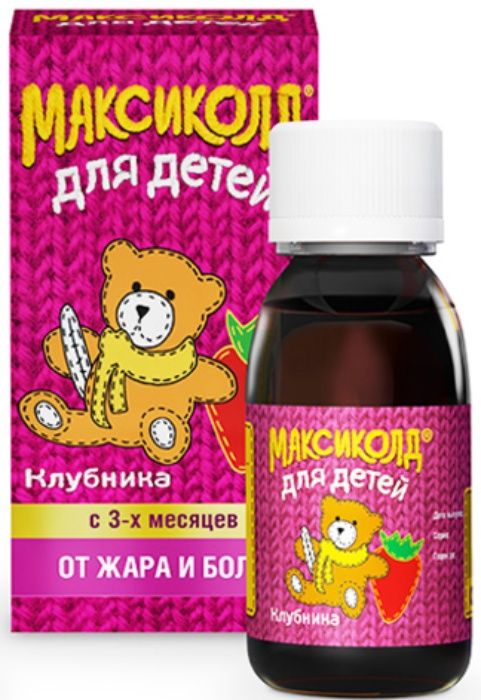
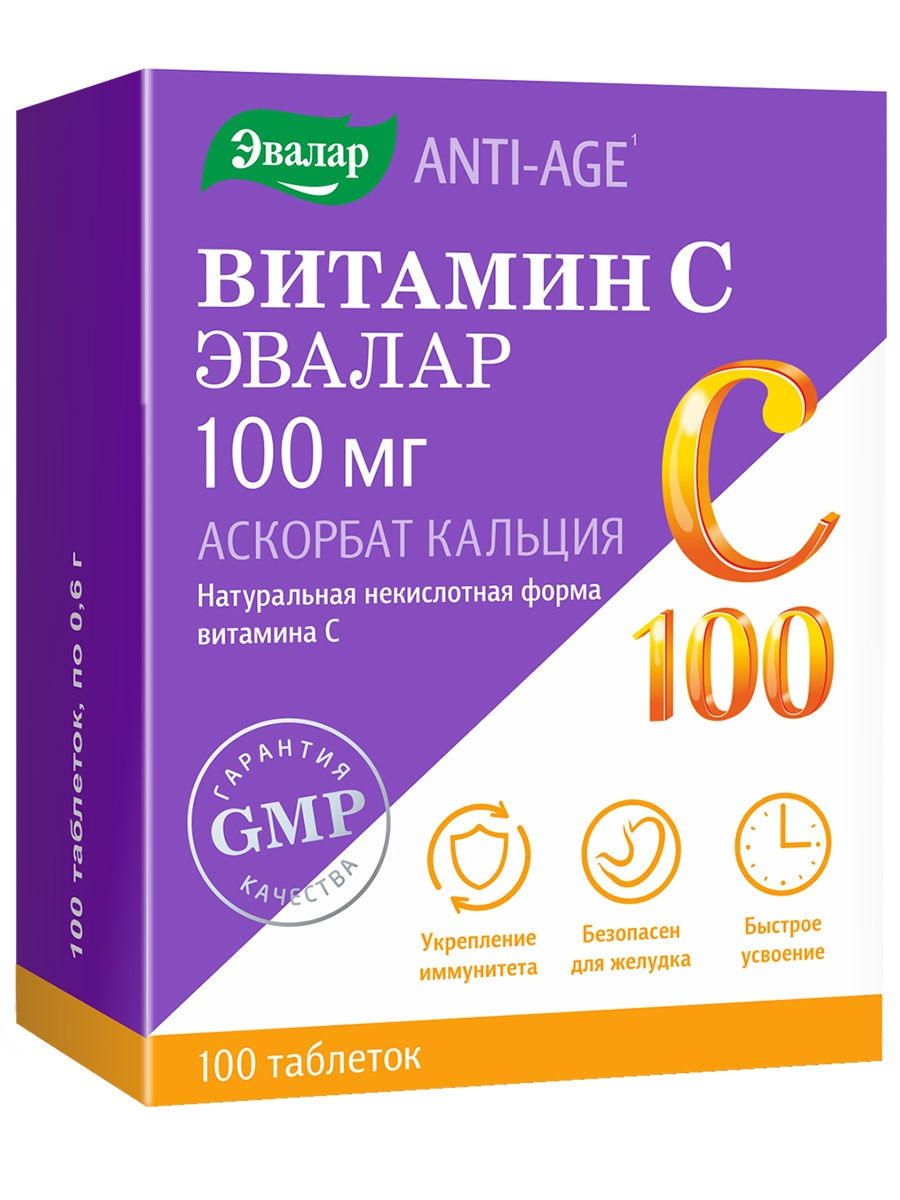
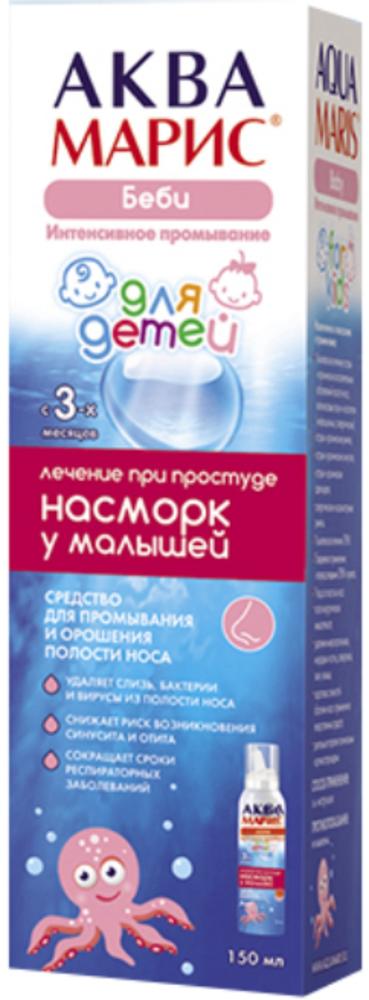
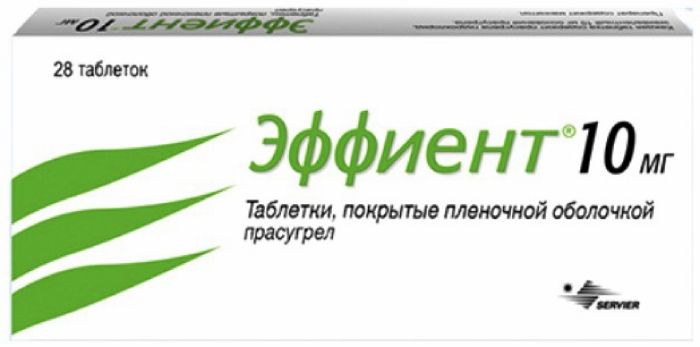







There are no reviews yet.